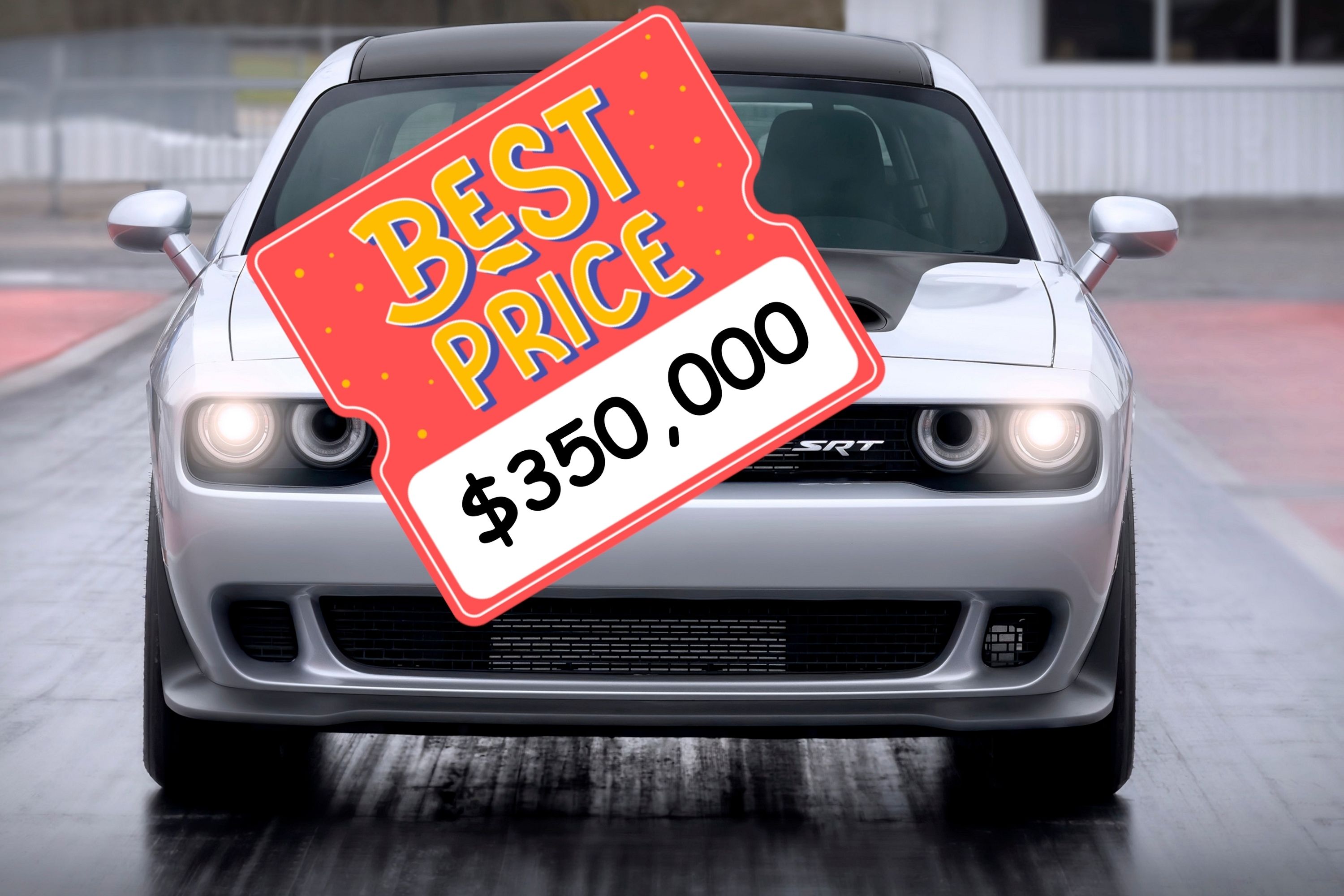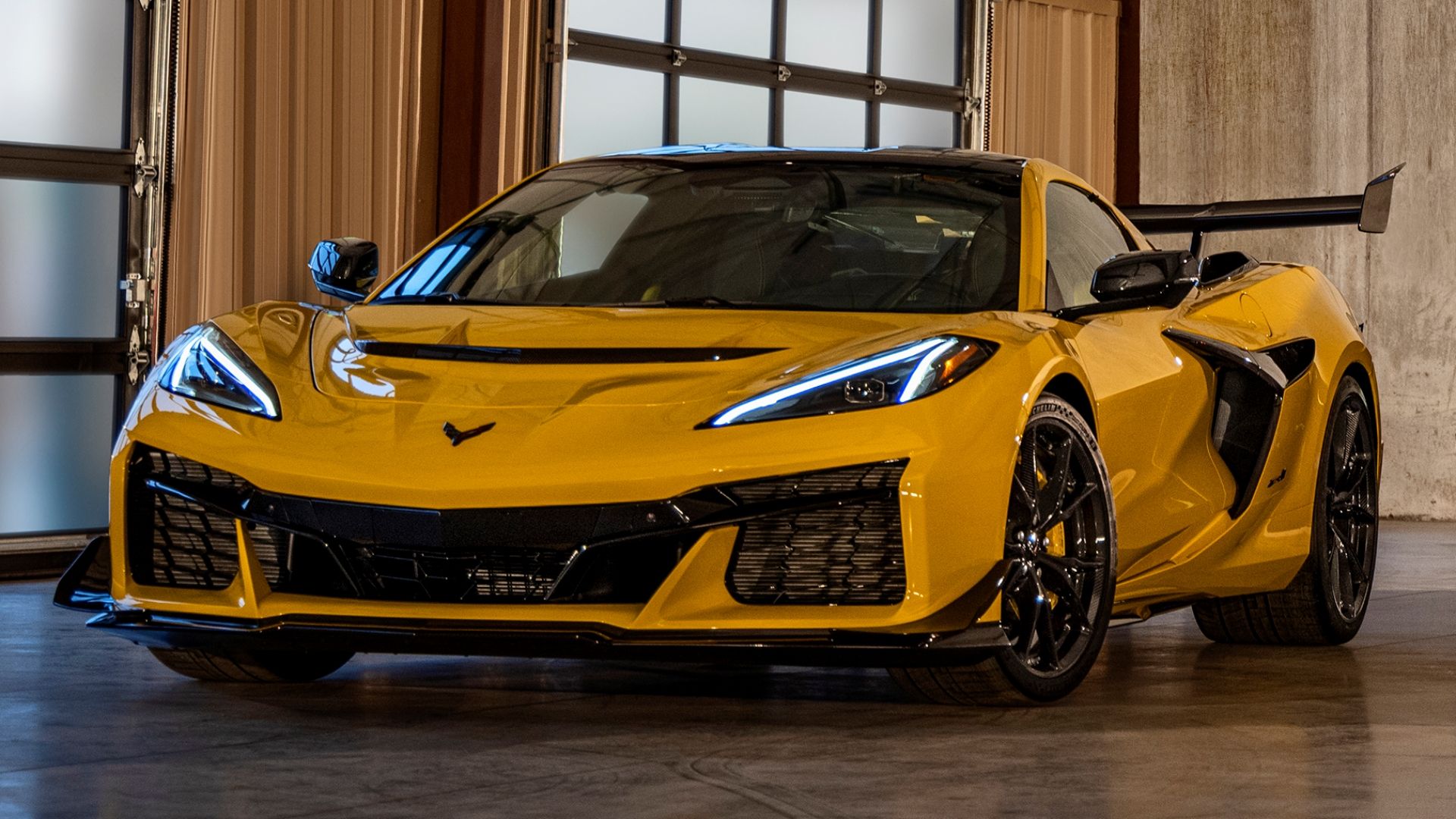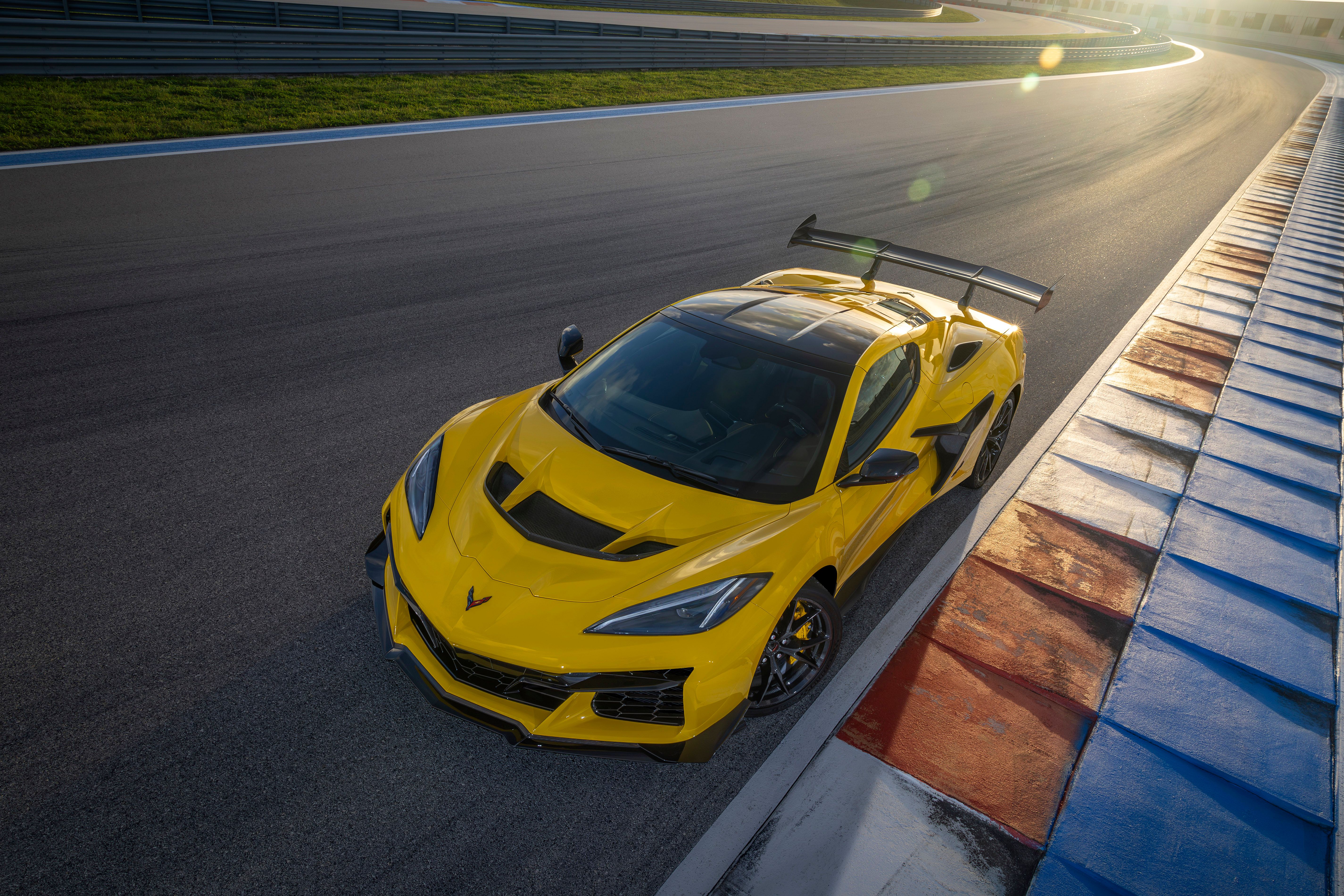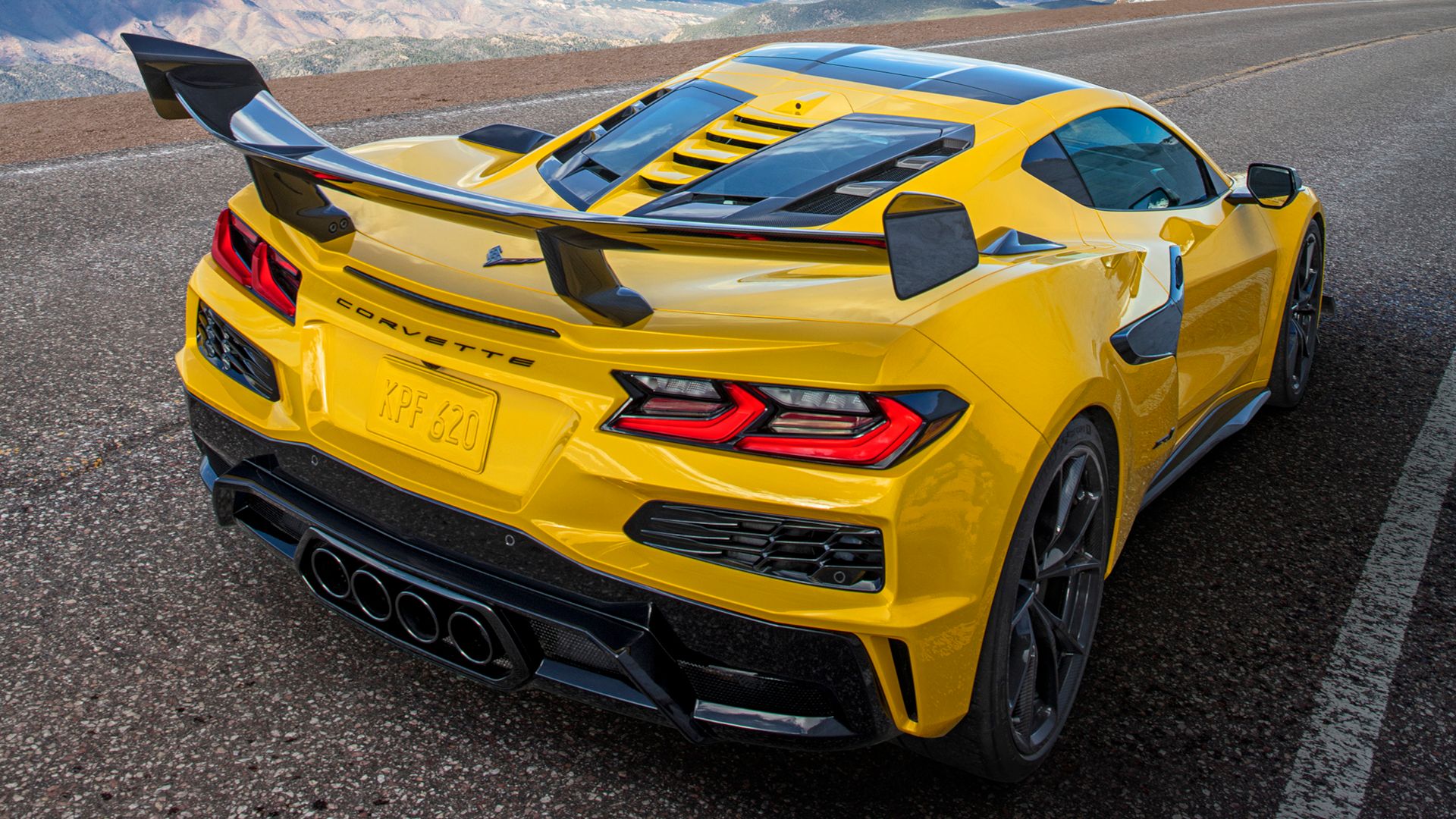Key Takeaways
- The 2025 Corvette ZR-1 was preceded by a supercharged C8 development mule.
- Chevy’s decision to turbocharge over supercharge was influenced by aerodynamics, efficiency, and power goals.
- A C7 ZR1 engine was hot-rodded to 850 horsepower but only for the purposes of tire and suspension development.
The 2025 Chevrolet Corvette ZR-1 has just sucker-punched the supercar establishment with a power figure that belittles the Lamborghini Revuelto and shames the Ferrari SF90 XX twins, but it does so by breaking tradition, becoming the first-ever turbocharged Corvette in the history of the nameplate. Interestingly, however, a supercharger was part of the C8 ZR1’s development, albeit not in the ways one might think. Engineers intended a turbocharged 5.5-liter V8 from the very beginning of C8 development – even before attention turned to the ZR1.
As reported in a discussion between the legendary Tadge Juechter and Motor1, Corvette engineers fitted a one-off C8 mule with the LT5 supercharged 755-hp engine from the C7 ZR1 and increased the boost to the tune of 850 horsepower, which would explain why there were rumors of such a figure swirling around the ZR1’s final output. However, this mule was just a means of trying to evaluate potential suspension and tire responses with much more output and ferocity than the 670-hp Corvette Z06 – or anything else in the garage – could provide.
“We had to cobble up a super high-horsepower, high-torque car. We built a mule. A hot-rodded [C8] Stingray, actually, with an LT5 in it. A hot-rodded LT5 with 850 hp and a sequential-shift gearbox to do tire development.”
– Tadge Juechter, Corvette Executive Chief Engineer
Why Not Supercharge The ZR1?
The LT5 was already stretched to its limit in the C7 ZR1, and that fact has been proven by the anecdotal remark of Chief Engineer Josh Holder, who said “We put a smaller pulley on the supercharger and it used to just eat belts.” Despite this, it was still too weak to truly preview the performance the C8 ZR1 would ultimately produce – a whopping 1,064 hp from the factory on pump gas. One might wonder why the LT2 in the C8 Stingray or the LT6 in the Z06 were not considered for supercharging, but the plan was always to turbocharge and upgrade the LT6 to the LT7 because a supercharger typically increases rotating mass and lowers high-speed efficiency – the opposite of a turbocharger. Meanwhile, 5.5 liters of V8 capacity helps create low-rpm torque.

Add CarBuzz to your Google News feed.
While the C7 ZR1 was never a guaranteed bet, the C8 ZR1’s design – from exterior vent and intake placement on the Stingray to the architecture of the Z06 and ZR1’s respective engines – was mindful of the final goal. The underbody aero of the Z06 is shared with the high-downforce ZTK package of the new ZR1, as are the stiffer springs, but engineers knew they needn’t go too extreme on damping because the power surplus would make up the difference. In a discussion with Top Gear, Chief Engineer Jordan Lee said that the LT7 made over 800 hp on wastegate pressure, meaning with minimal boost. With the final tune, the turbos provide 24 psi of peak boost, nearly doubling cylinder pressure in the engine. Imagine what it will do when tuners get their hands on it.
Another Key Difference Over The C7 ZR1
The C8 ZR1 is a radical departure in every way, but it symbolizes progress. It has a cabin completely unlike its predecessor’s, the engine is mounted at the opposite end of the car, and it’s now got turbos instead of a traditional supercharger. But the best part about this Euro-beating all-American supercar is that Chevrolet says it won’t be limiting production.

Related
How To Avoid Dealer Markups: Smart Car Buying In The Modern Market
Sky-high dealer markups are increasingly common in today’s car market. Here’s how you can outsmart dealerships and get the best deal.
Unlike a 911 GT3 that ends production after a short few years, making it nearly impossible to secure an allocation and severely inflating the prices dealers can ask, and unlike the one-year-only C7 ZR1, the fastest-ever Corvette will be made at the Bowling Green Assembly Plant in Kentucky for as many customers as can afford it. Hopefully, this will prevent ridiculous markups for all except those who are too impatient to wait in line.
Sources:
Motor1
,
TopGear
#Chevys #1064HP #ZR1 #Huge #Change





